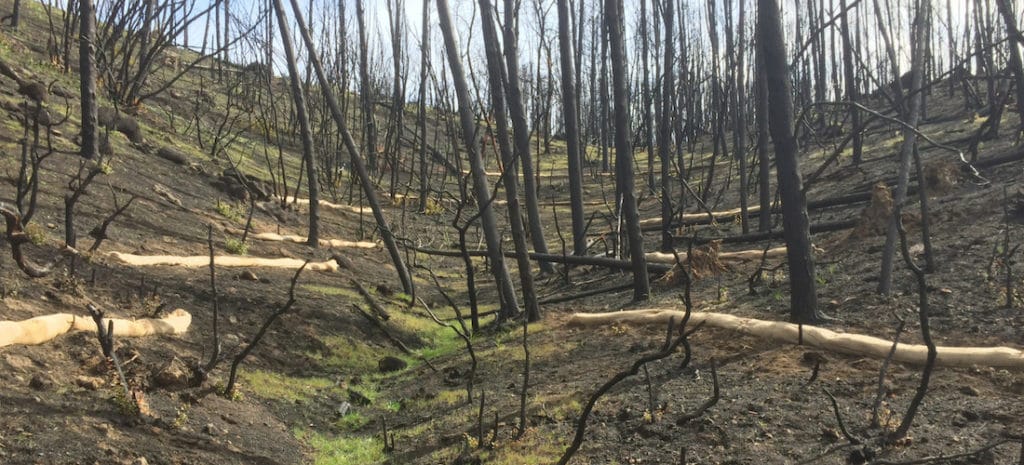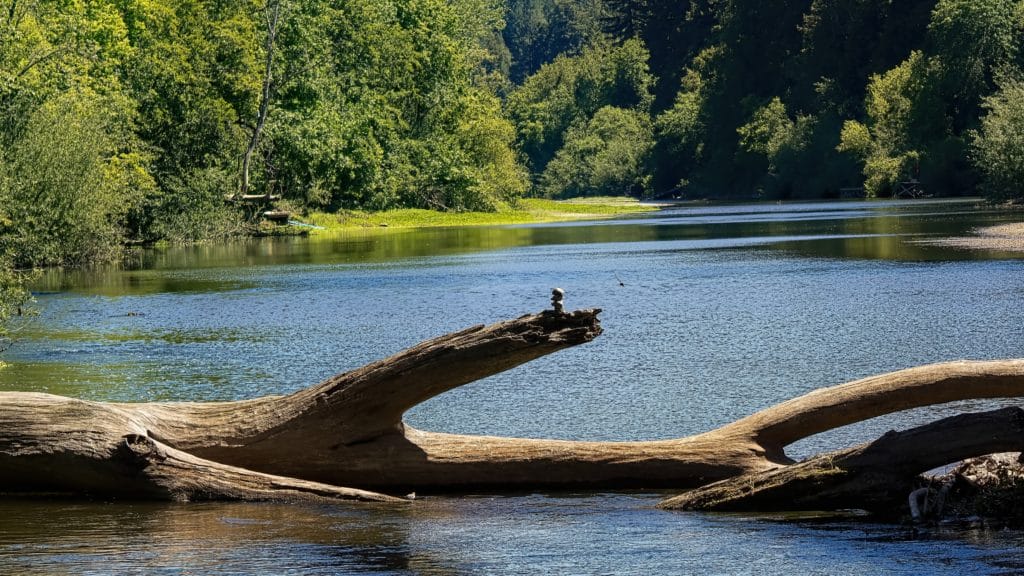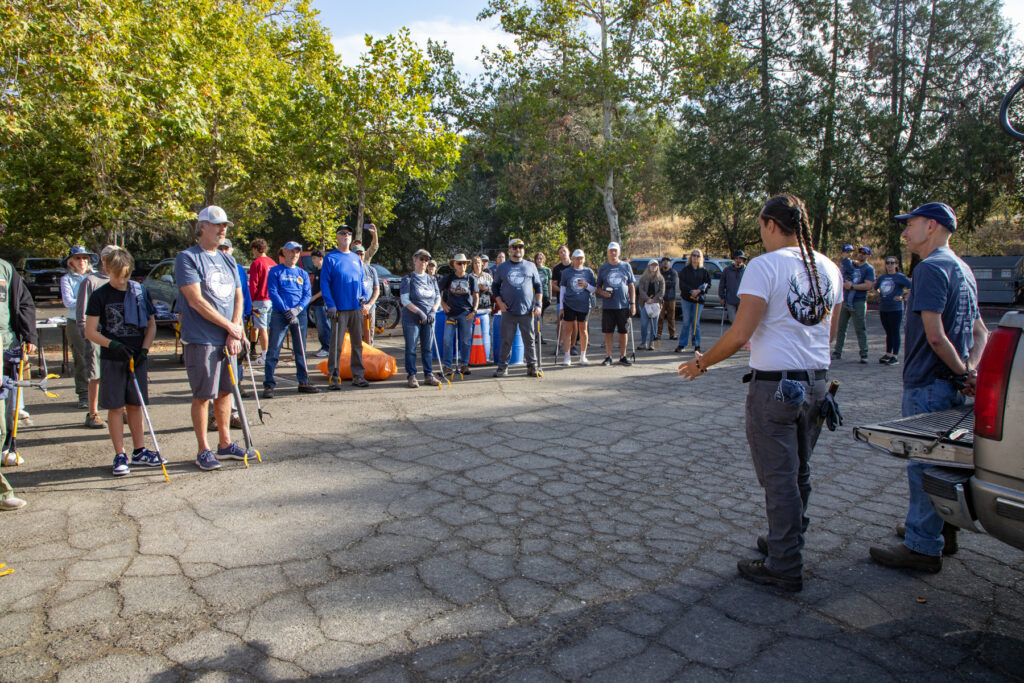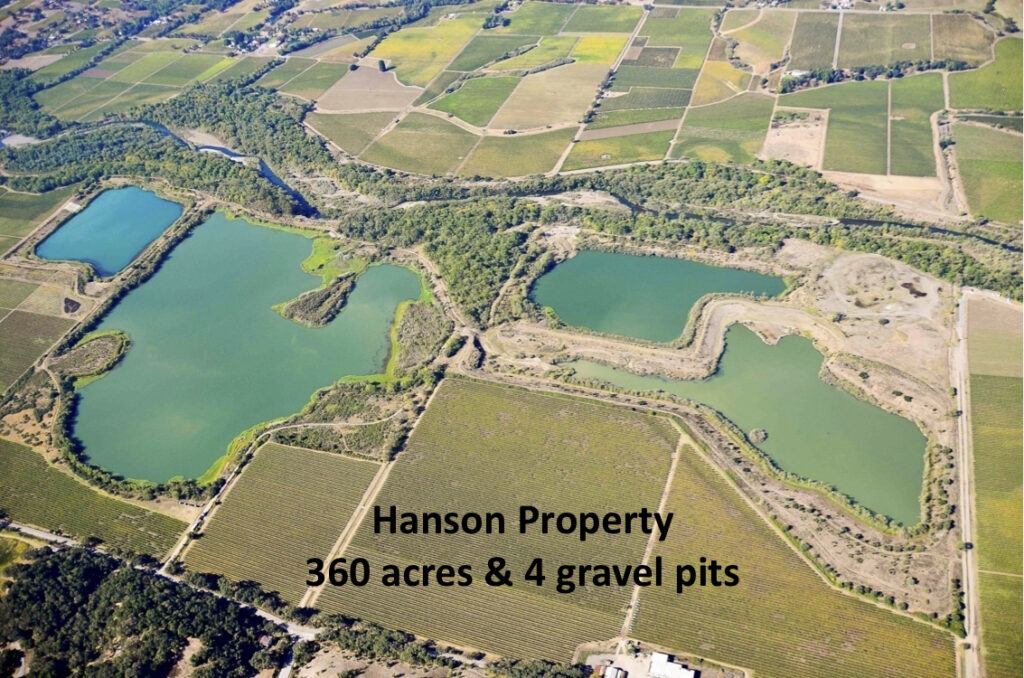After a wildfire, there are several impacts to our watershed and natural resources such as erosion and debris flows and the proliferation of invasive plant species. Wildfires can melt plastic pipe road culverts and leave many hazardous trees near roadways. The County of Sonoma’s Office of Recovery and Resiliency, working with Cal Fire and a number of local, state and federal agencies, are working to assess the Walbridge fire area for erosion and hazard potential. The County will develop GIS-based hazard maps of areas with high erosion potential based on soil types, burn severity and slope steepness.
Russian Riverkeeper will be working through Sonoma County’s Watershed Task Force to help residents address erosion issues on their lands along with several other community partners such as Sonoma RCD. This is a free service for property owners that were affected by the Walbridge Fire. We have received $75,000 from the County and are currently seeking additional funding to help as many in our river community as we can.
Russian Riverkeeper can help by providing:
- Free erosion control assessments and outlook
- Advice on restoring with native plants
- Erosion control products and installation (funded by County)
- Referrals to other wildfire recovery resources for bridges, culverts and forest recovery
We still have funds available for Kincade Fire survivors. Just contact us to get started.
The removal of tree canopy and groundcover in wildfires allows rain to land directly on the soil rather than gently dropping off leaves and absorbing into leaf litter on the forest floor. More rainfall runs off the land rather than being retained by the soil, resulting in increased soil erosion, debris flows and downstream flooding. That loss of canopy is made worse after wildfire due to higher intensity burn areas burning up organic material in the top soil layers. When soil loses its organic matter, the soil cohesion is greatly reduced and soil particles can’t stick together, so they rapidly erode. Accelerated erosion harms fish and aquatic creatures and affects downstream wells. In very high-intensity burn areas the soil becomes hydrophobic and repels water, leading to increased potential for flash floods and debris flows. Some slopes in the Walbridge fire area are extremely steep, limiting the potential for mitigation. In most areas, however, work can be performed to protect your property and the watershed resources.
The California Native Plant Society (CNPS) has created a very thorough Fire Recovery Guide for property owners.
You can also get started with our Fire Recovery Resources guide.






